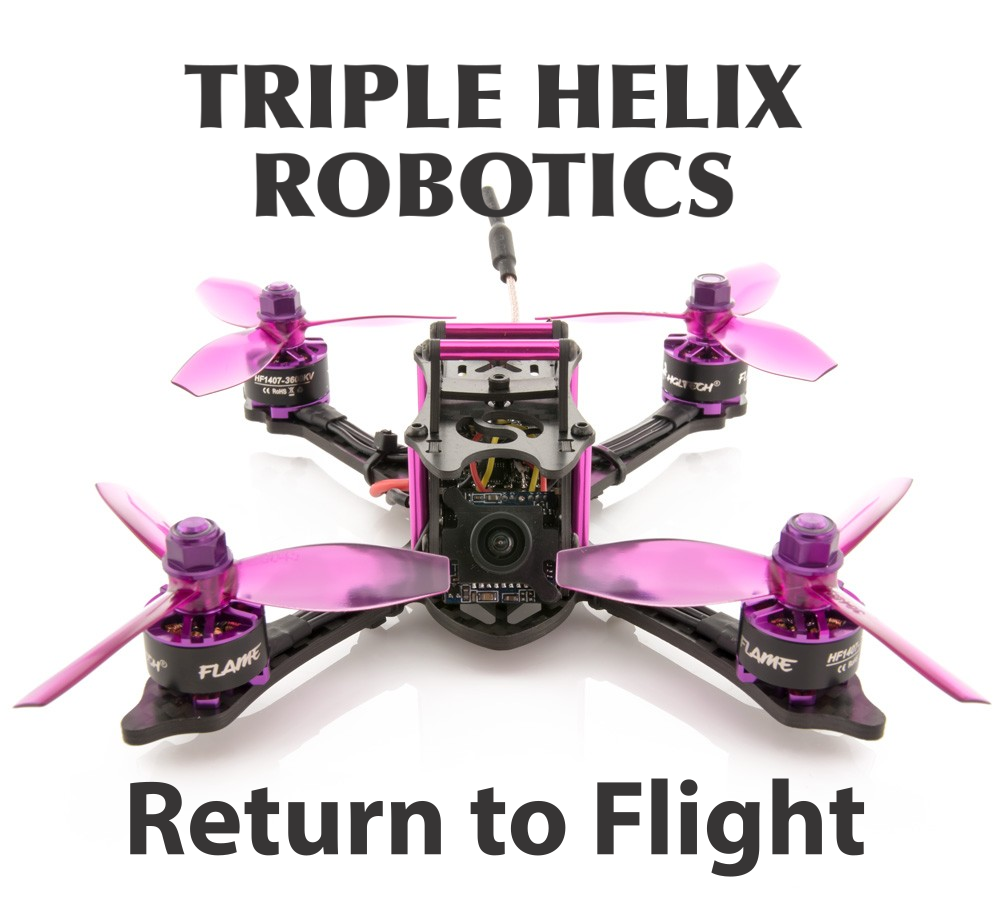Newsletter: Triple Helix Robotics – October 2020 update
Here’s what Triple Helix has been up to this month!
Our internal drone competition is off the ground
Triple Helix students and mentors are flying their quadcopters at home and at the Peninsula STEM Gym, several team members having assembled their kits and configured their transmitters and FPV goggles. Soon, our team will have a flock of drones in the air, and we’ll start designing some game challenges so we can put our new flying skills to the test.https://www.youtube.com/watch?v=at8Hj10BHWQ
We still have room for new team members! If you are a high school student on the peninsula (or an aspiring mentor to a peninsula HS student!) and would like to join Triple Helix and participate in our FPV drone competition, you’re invited to:
- Register with the team via join.team2363.org (this is an annual requirement for all students and mentors).
- Register with the FAA as a drone operator under The Exception for Recreational Flyers at https://faadronezone.faa.gov/. The cost is $5 for 3 years of registration.
- Join us on the team Slack where you will learn how you can pick up your kit of parts and start the process of building your quad!
We’re also meeting virtually on Google Meet on Tuesday evenings at 7pm— you are welcome to join us there!
Triple Helix is registered to compete in the 2021 FRC season– whatever that entails
Thanks to all of our wonderful sponsors, but especially our longtime partners DoD STEM and NASA Langley Research Center, we have secured our registration in this year’s FIRST Robotics Competition season, which we think will be mostly made up of a number of interesting virtual challenges and projects. We’re excited to learn more about the season as we get closer to the January 9 kickoff, and of course we still hold out hope that we’ll be able to compete safely next spring/summer in some in-person FIRST Chesapeake events playing a slightly updated version of the 2020 FRC game.
Nate










